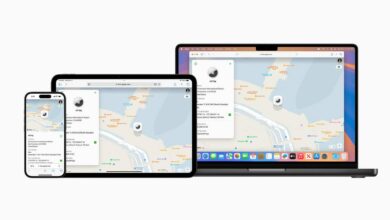Your iPhone’s Hidden AI Arsenal: Features You Didn’t Know Existed
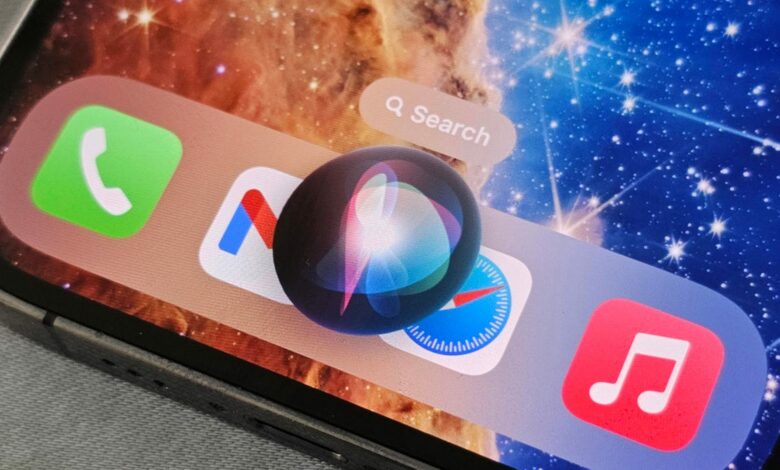
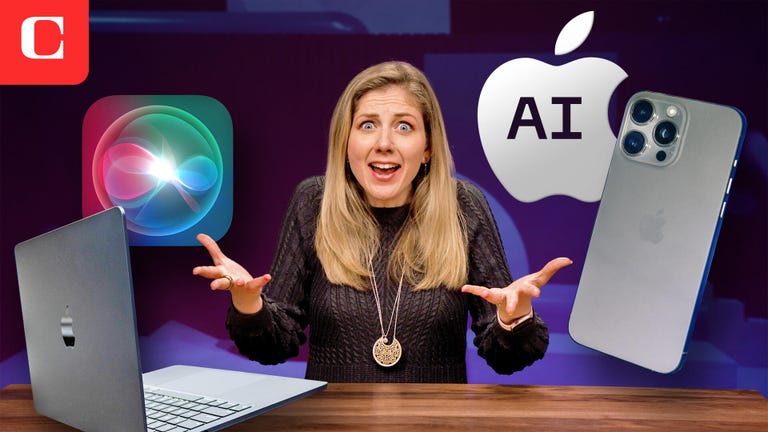

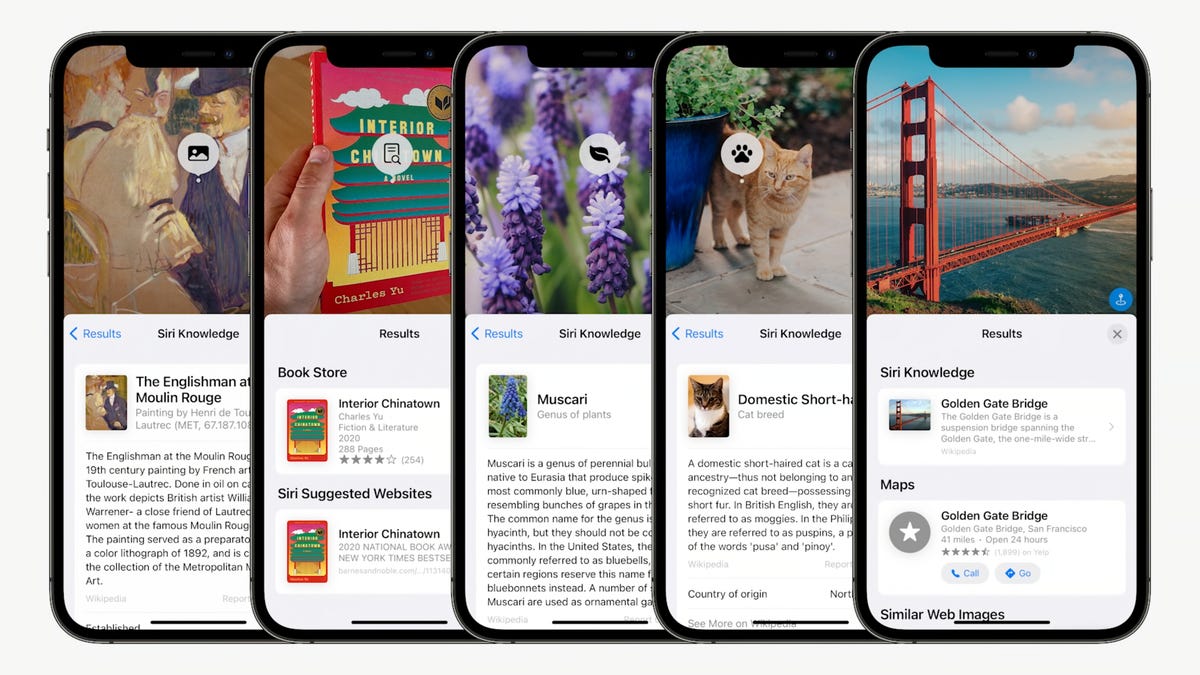
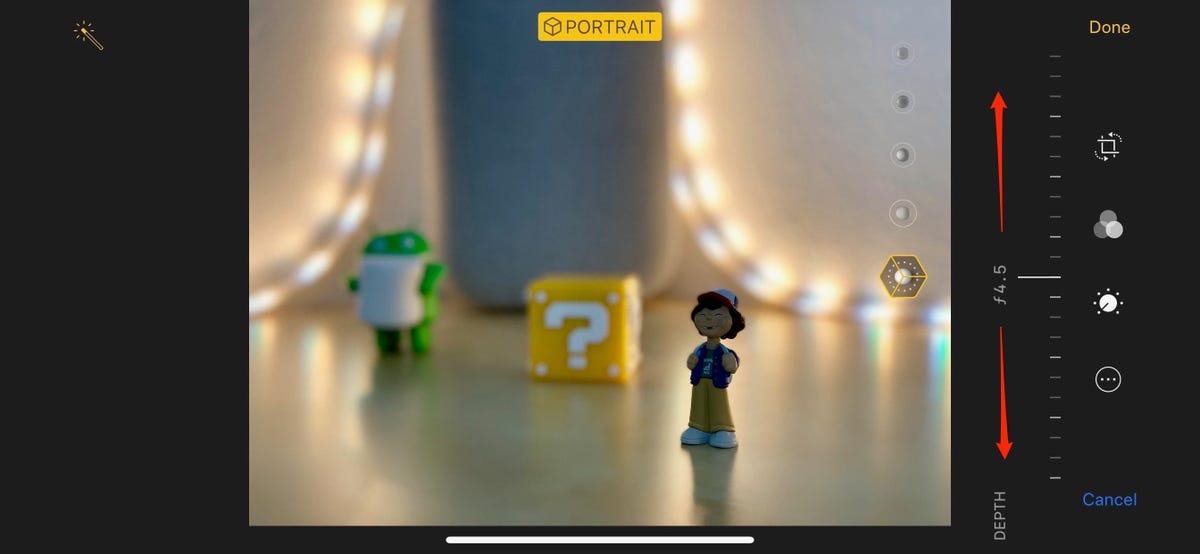
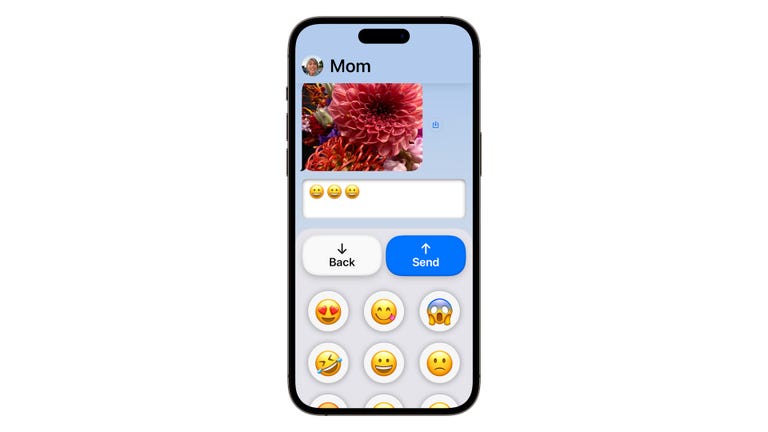
There are perhaps no two letters that have been talked about more in recent years than AI. The rise of generative AI trained on large language models has some excited and others worried about how it could disrupt their lives.
Apple finally unveiled its plans for generative AI in June, with a framework called Apple Intelligence, but other kinds of AI have played a major role in iPhone for years. AI powered core iPhone features in popular apps like Camera, Photos, Siri and others long before ChatGPT first gained global attention in 2022.

Look at this: Apple has big AI plans for Mac — and iPhone, too
Several new features in Apple Intelligence focus on productivity, similar to tools we’ve seen from Google and Microsoft over the past year. For example, Apple Intelligence can help you rewrite emails in different styles, and it can highlight and summarize priority notifications. Apple also announced image generation capabilities and the ability to create short videos, among a number of new features under the Apple Intelligence umbrella.
“We believe in the transformative power and promise of AI, and we believe we have advantages that will differentiate us in this new era, including Apple’s unique combination of seamless integration of hardware, software and services,” Cook said during Apple’s earnings call in May.
Read now: Apple’s iOS 18 Rumors: A Potential Big Leap in AI

Apple Intelligence isn’t expected to arrive until sometime this fall, and even then it will be limited. In the meantime, here are some of our favorite AI-based features on newer iPhones right now.
Digitally clone your voice
Apple may not have a chatbot, but it is already using AI in a feature introduced with iOS 17 last year. Personal Voice is an accessibility setting that uses on-device machine learning to help people at risk of speech loss replicate their voice so they can more easily communicate with loved ones. To learn your voice, iPhone asks you to read 150 phrases out loud. It then uses AI to analyze your voice and generates a synthetic version of it.
To communicate with this new synthetic voice, you would use the iPhone’s type-to-speak tools to convert text to speech in FaceTime and compatible third-party apps. If you’re interested in learning how to clone your voice and save it to your iPhone, here’s a step-by-step guide.

Easily copy text from iPhone images
Live Text is a front-facing AI feature already available on iPhones running iOS 15 2021 or later. It’s a computer vision tool that recognizes handwritten and typed text in photos, similar to Google Lens. Text from images can then be copied and pasted with a few simple taps.
Live Text can often come in handy in everyday life. Let’s say you had a handwritten recipe that you wanted to digitize. After taking a photo of that recipe with your iPhone, you could copy and paste that text into a Word document, for example, and save it as a digital backup. Here’s a step-by-step guide on how to do just that, if you’re interested.
Rival phone makers have also jumped on the bandwagon. Honor’s Magic 6 Pro and Magic V2, which run on the company’s Magic OS 8 software, introduced a Magic Text feature with similar capabilities.
Read more: iPhone AI Tip: Easily Copy Text from Photos with This Trick
Improved AutoCorrect
With the latest software update, Apple has also fixed one of the biggest autocorrect complaints. You can now swear without Apple changing your favorite swear word to something more innocuous, like “duck” or “shut.”
In addition to making it easier to swear, autocorrect has also been improved on a broader level. Autocorrect can now fix mistakes more accurately and offer more customized inline predictive text. A big part of this improvement is thanks to iOS 17’s new transformer language model, which uses machine learning to predict words according to AppleIt is trained on large amounts of data, allowing it to learn context and patterns to deliver better results, or in this case, the ability to replicate what humans sound like.

Portrait mode was a turning point for iPhones, as it could recognize subjects, sense depth, and create a bokeh effect at the speed required by smartphones.
Photography intelligence
It’s no secret that the iPhone relies on advanced algorithms and computational photography for a large portion of its camera capabilities. Portrait mode, which uses AI to identify subjects and create a bokeh effect, is just one example. Another is Cinematic mode, which uses AI to simulate a desired aperture and dynamically adjusts the focus to keep your moving subject sharp.
One of the newer AI capabilities of iOS 17 is the Photos app’s ability to identify pets in a photo, allowing for better organization of photos.
Read more: Best iPhone for 2024

Look at this: Apple puts an AI spin on accessibility

